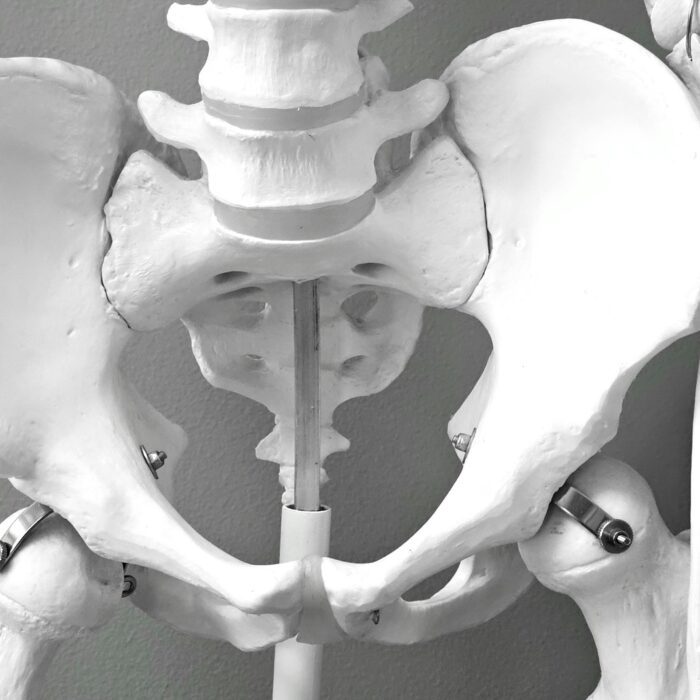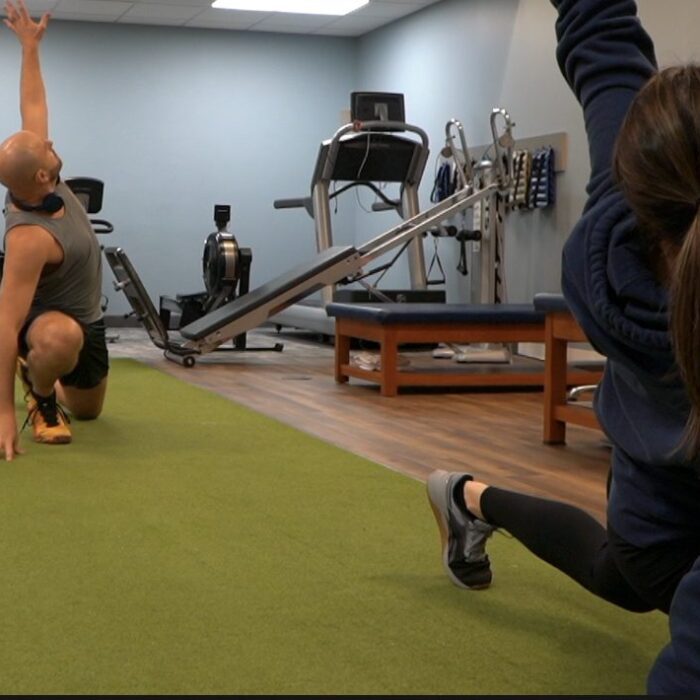Stress is nothing more than our reaction to a provocation that upsets our physical and/or mental equilibrium. Therefore, stress is an inevitable part of life. Nevertheless, when we are faced with stress, our “fight or flight” response can be triggered; this causes the production of hormones including adrenaline and cortisol to increase and rush through your body.
About Your Neck Pain and Headaches
Simultaneously, muscles in our neck and scalp may contract. These muscle contractions occur when we are faced with stress, anxiety, or depression. When these muscles contract they often cause dull, nagging headaches that often turn into full-blown migraine headaches.
Robert Gotlin, DO, director of Orthopaedics and Sports Rehabilitation at Beth Israel Medical Center in New York City says this about neck pain,
"As stress goes up I definitely see more patients with neck pain. Every year around tax time, the number of patients with neck pain increases, especially among Wall Street types here in New York."
Another cause of neck pain is structural and results from a neck joint issue. This type of a headache is known as a neck headache or more properly as a Cervicogenic headache. Research shows that fixing the neck can end a headache. The joints usually associated in a neck headache are:
- Atlanto-occipital joint (O-C1)
- Atlanto-axial joint (C1/2)
- C2/3 cervical spine joints
When your neck joints are too tight, a headache can result in just a few minutes. Not all stress is bad, however. Stress within your comfort level helps you to perform under pressure, keep you motivated and to keep you safe when danger is evident.
How Many Types of Headaches Are There?
Headaches come in many sizes and pain levels, however, there are four distinct types of a headaches:
- Tension
- Sinus
- A migraine
- Cluster
Tension headaches are the most common of all headaches and can occur simply from holding your head in one position for too long. Some of the activities that can lead to a tension headache from this source are:
- Staring at a computer screen
- Working with a microscope
- Fine work with one’s hands
Other causes of tension headaches include:
- Physical or emotional stress
- Caffeine (too little or too much)
- Sinus infections from a cold or the Flu
- Alcohol consumption
- Eye strain
- Fatigue
- Tobacco use
Serious debilitating headaches are a warning that you should seek medical attention; tension headaches, however, are most often just a nagging annoyance, though some can be painful enough to disrupt your daily activities.
How Do I Deal with a Tension Headache?
Since tension headaches are the most common of all headaches, here are three tips on how to deal with tension headaches.
Relax – Tension headaches are called this for a reason; relaxation and stress relief can help alleviate your headache. While stress is an undeniable part of life, an overabundance of stress can lead to more serious diseases such as high blood pressure or heart disorders. Activities that strain your neck and back should be curtailed and stretching breaks should be a regular part of your work day.
Fix Your Workplace Ergonomics – A headset for your telephone, proper monitor positioning for your computer, a desktop riser that lets you work while standing. In addition, make sure your eyeglasses and contacts prescription are current.
Stretch Your Muscles – Stretching is a great way to release tense muscles in the neck. Try stretching with a general exercise program designed by a trainer or physical therapist that is specific to your needs.
Headaches can be inconvenient and painful. Contact our expert physical therapists at Limitless Physical Therapy Victor, NY, today to see if your headaches are stemming from neck pain or stress and learn how to treat them effectively!











